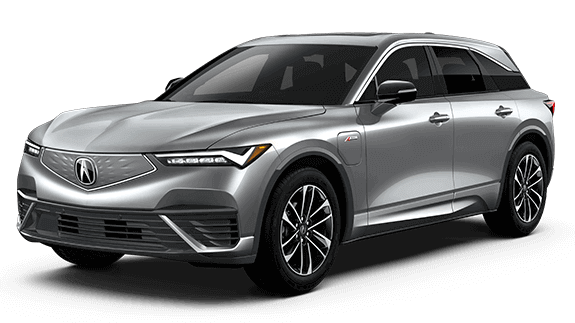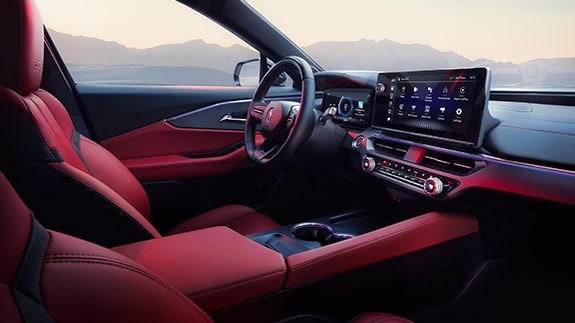Fitting a car into your household budget is no easy task, and financial experts do not agree on how to determine its affordability. One school of thought holds that all your automotive expenses — gas, insurance, car payments — should not exceed 20% of your pretax monthly income. Other experts say that a vehicle that costs roughly half of your annual take-home pay will be affordable. Then some frugal personal-finance gurus say you should spend no more than 10%-15% of your annual income on a vehicle purchase. Pretax, post-tax, annual income; these terms are enough to make a person ask: "How much car can I afford?"
There's no perfect formula for how much you can afford, but our short answer is that your new-car payment should be no more than 15% of your monthly take-home pay. If you're leasing or buying used, it should be no more than 10%. The reason for finding a vehicle that falls below 10%-15% is that the payment isn't the totality of what you will be spending. You'll need to factor in the costs of fuel and insurance, and many people overlook that. We put those costs at another 7% of your take-home pay. So, all in, you're looking at a total budget that is ideally, no more than 20% of your monthly take-home pay.
While the 10%-15% rule may not work for everyone, it's a good starting point for finding a target price that won't leave you scrambling to pay your bills every month. Here's how you can get a more customized number for yourself.



 by
by 
